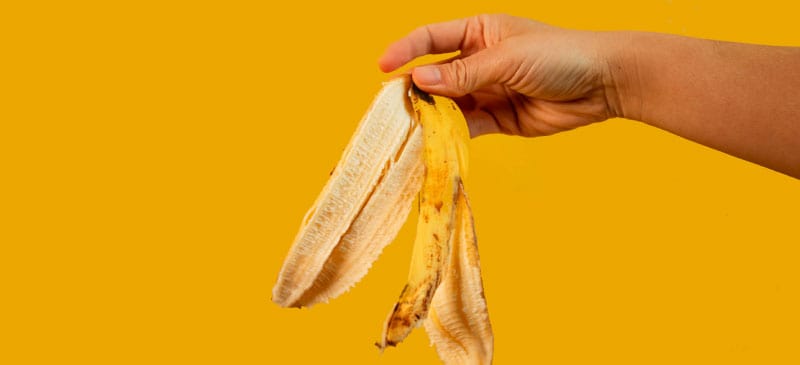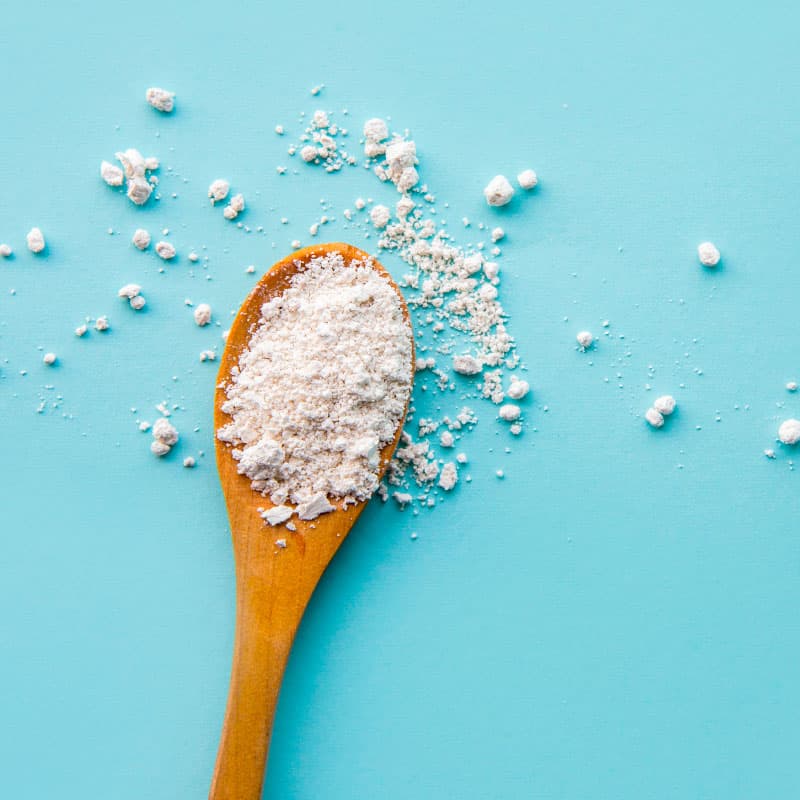This Dr. Axe content is medically reviewed or fact checked to ensure factually accurate information.
With strict editorial sourcing guidelines, we only link to academic research institutions, reputable media sites and, when research is available, medically peer-reviewed studies. Note that the numbers in parentheses (1, 2, etc.) are clickable links to these studies.
The information in our articles is NOT intended to replace a one-on-one relationship with a qualified health care professional and is not intended as medical advice.
This article is based on scientific evidence, written by experts and fact checked by our trained editorial staff. Note that the numbers in parentheses (1, 2, etc.) are clickable links to medically peer-reviewed studies.
Our team includes licensed nutritionists and dietitians, certified health education specialists, as well as certified strength and conditioning specialists, personal trainers and corrective exercise specialists. Our team aims to be not only thorough with its research, but also objective and unbiased.
The information in our articles is NOT intended to replace a one-on-one relationship with a qualified health care professional and is not intended as medical advice.
Don’t Throw Out That Banana Peel! Here Are 8 Ways to Use It
October 5, 2022

Most of us don’t think twice when peeling a banana and discarding the thick, yellow skin, but have you ever wondered about banana peel uses or whether or not it’s safe to eat? In recent years, scientists have become more interested in the benefits of agricultural waste and how some things typically deemed trash can be put to use.
So before you categorize them as food byproducts, read more on the many everyday uses of banana peels for skin, hair and more.
Top 8 Banana Peel Uses
Banana peel is the outer shell of the banana fruit. The nutritional value of the byproduct varies, depending on the fruit’s maturity, but it generally contains fiber, protein and carbohydrates, along with amino acids, antioxidants, and micronutrients phosphorus, iron, calcium and magnesium.
Research shows that banana peel has proven antioxidant activity and helps reduce free radical damage to organ tissues. Peels also contain phytochemicals with antimicrobial and anti-inflammatory activity. These components allow for the use of banana peel for skin, hair, teeth, infections and more.
1. Skin Moisturizer
Rubbing banana peels onto your skin or placing them on your face like a mask may work as a natural moisturizer, while also reducing puffiness, redness and irritation. While there aren’t many specific studies that show this, dermatologists believe the tannins and phytonutrients in the peels can benefit the skin.
2. Fine Lines and Wrinkles Reducer
Banana peel contains a long list of phytochemicals, such as polyphenols and carotenoids, that promote skin health by fighting free radical damage. These compounds have protective effects and may help to give your skin a more youthful appearance.
3. Skin Soother
Banana peel is said to have anti-inflammatory, antioxidant and antimicrobial properties. Research suggests that it has a soothing effect on the skin and can help relieve conditions like psoriasis and eczema, while soothing bug bites, wounds, sunburns and skin irritations.
Studies indicate that the tannins in banana peel have antimicrobial activity and can inhibit the growth of infection-causing bacteria.
4. Hair Health Booster
Peels can be used to add moisture and shine to your hair. You can simply rub your hair with the inside of the peels, or blend them to make a hair mask.
5. Dental Health Booster
Banana peels have antibacterial properties and can be used as a toothpaste to fight dental infections and boost the health of your gums.
6. Used as Livestock Feed
Banana peels are currently used as supplementary feed for livestock, goats, monkeys, poultry, rabbits, fish, zebras and other species. They provide healthy phytonutrients and antioxidants.
7. Used for Water Purification
Researchers have found that banana peels can be used to purify water. A study published in Industrial and Engineering Chemistry Research found that minced banana peel was able to remove lead and copper from river water.
The peels can serve as a low-cost tool for purification, according to researchers.
8. Compost Enhancer
If you are going to discard banana peels, consider adding them to a compost or your garden. They can be used as fertilizer and, when chopped first, will decompose and add nutrients to the soil.
How to Eat (Recipes)
You can eat banana peels both raw and cooked. Before eating, be sure to wash the peels thoroughly because pesticides are often used in banana cultivation, unless it’s an organic fruit.
If you’re eating banana peels, keep in mind that they are very high in fiber, so start with a small amount to avoid digestive complaints.
Looking for ways to eat banana peels? Here are some ideas:
- Puree them, and add to baked good recipes, like banana bread or muffins.
- Boil them to make tea.
- Add peel slices into fruit smoothies.
- Chop ripe peels, and add them to savory dishes for a sweet addition.
Conclusion
- The banana peel is the outer shell of the banana fruit. It generally contains fiber, protein, carbohydrates, amino acids, antioxidants, phytochemicals and micronutrients.
- While most people throw out the peel when eating a banana, it can actually be used for several purposes.
- Peels can help boost the health of your skin, hair and gums. Plus, they can be added to your garden, used to purify water and consumed for an extra boost of fiber.







